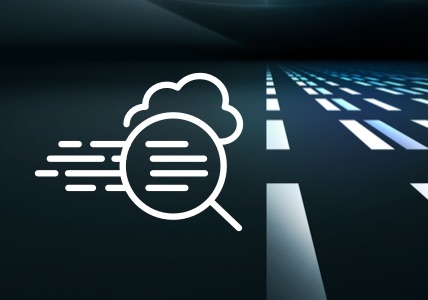What is Deep Observability?
Observability Defined: Observability delivers comprehensive intelligence and insights focused on current and trending operating conditions across the digital infrastructure — from networking to computing and to cloud, security, applications, and end-user experience.
And why is it key to better securing and managing hybrid cloud infrastructure?
Deep observability goes beyond existing security and observability approaches that rely exclusively on metrics, events, logs, and traces (MELT) data to detect security threats and performance bottlenecks.
Keeping Ahead of a Changing Threat Landscape
Today’s threat landscape is evolving fast, with increasingly sophisticated threat actors making it harder to assure security and compliance across the hybrid cloud infrastructure. According to the Gigamon 2023 Hybrid Cloud Security Survey, the leading issues keeping IT and security leaders up at night center around unexpected blind spots, escalating attack complexity, and evolving legislation and regulatory mandates.
Hybrid cloud infrastructure is complex and time-consuming to secure, manage, and maintain. Modern organizations must contend with multiple cloud providers and a myriad cloud, security, and observability tools, that add layers of complexity and make it challenging to detect security threats and performance anomalies.
Despite these challenges, end users expect a superior user experience and nonstop application availability to assure business agility.
To overcome these challenges and unlock the transformative potential of the cloud, deep observability is a foundational building block.
The good news:
Collaboration across IT is on the rise
96%
of IT and Security leader's believe cloud security is everyone's responsibility
CloudOps and SecOps teams are working together towards this common goal
But did you know?
90%
of organizations have experienced a breach in
the last 18-months
70%
Lack of visibility
into encrypted
data
48%
Lack visibility into
laterally moving
East-West traffic
70%
Have limited
insights into
container traffic
Why Does Deep Observability Matter?
Deep observability empowers IT organizations to proactively mitigate risk, deliver a superior user experience, and contain cloud management cost and complexity. It enables you harness network-derived intelligence and insights to amplify the power of cloud, security, and observability tools and processes you’ve already invested in.
The Gigamon Deep Observability Pipeline efficiently delivers network-derived intelligence to your cloud, security, and observability tools to eliminate security blind spots and reduce tool costs, enabling you to deliver defense in depth and establish a solid foundation for
Zero Trust.
Enhance Business Agility
Accelerate cloud migration and re-platforming projects through a flexible common tools stack
with native support for any cloud, any platform, or tool.
Ensure Cloud Security
Eliminate blind spots and detect vulnerabilities in all North-South, East-West, container, and encrypted traffic, gaining the visibility to build Zero Trust and strengthen tool effectiveness.
Contain Hybrid Cloud Cost and Complexity
Simplify monitoring, security, and compliance by providing access to all traffic across hybrid cloud platform. Eliminate irrelevant traffic to reduce tool and bandwidth costs up to 50 percent.
Detect Previously Unseen Threats
To learn more about how attaining deep observability can help you realize your full cloud potential and accelerate your transformation initiatives, read our eBook.
Explore Gigamon Deep Observability Pipeline
Unlock the transformational potential of cloud.










